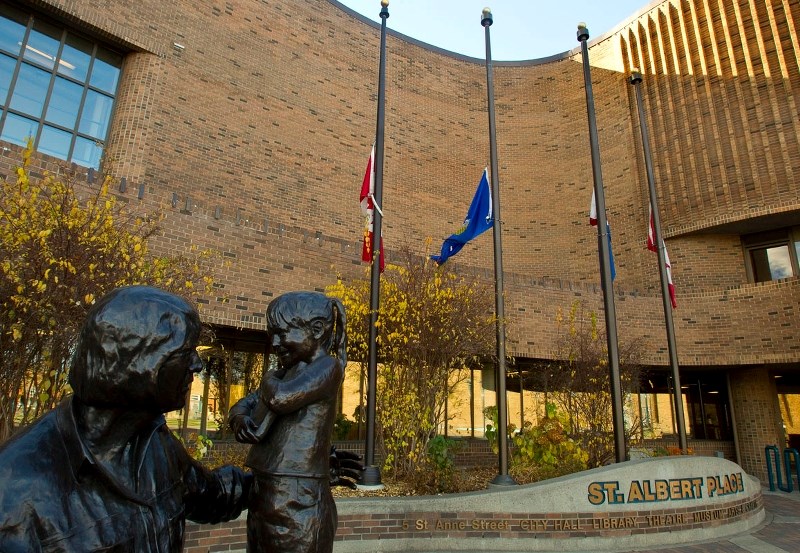Plans and resources are in place to keep St. Albertans safe in case of any emergency from natural disaster to public attacks such as in Ottawa this week St. Albert Fire Chief Ray Richards says.
Most recently, the city approved the position of emergency planning co-ordinator to help activate the city's emergency response plan and disseminate emergency preparedness information.
The position was filled in May and is based out of Fire Station No. 3. In past years, the role was part of a dual position in the fire services department.
"The role of co-ordinator is to make sure the city is prepared for any natural or human-made disaster or emergencies," says Richards. "They do everything from municipal emergency management planning to emergency social services …"
Depending on the type of emergency, a state of emergency may be declared by the disaster services committee.
Emergencies are classified into three levels, as stated in the Emergency Response and Emergency Preparedness Information provided by the city.
Level 1 represents the lowest risk. Level III involves multiple serious injuries or fatalities, significant damage to property or the environment, the complete shutdown of utilities for more than two days or evacuation of a large area of the city.
"Whether it be a gas release, vehicle roll-over or train accident ... the emergency response plan would respond to the needs of any building or person within the city," says Richards.
When an emergency is classified as Level II or Level III, an emergency operations centre, or parts of, will be mobilized.
Part of the emergency planning co-ordinator's role is to help get the emergency operations centre up and running, Richards explains.
The centre involves between 10 and 20 people who have been trained to support emergency response operations – from planning and logistics to getting information out to the public.
The centre was last activated in April 2011 when drillers hit a pocket of methane gas during the expansion of Ray Gibbon Drive. The leak closed nearby roads for a day-and-a-half.
In comparison to past years, city staff in all different types of positions receive emergency preparedness training. In the emergency operations centres they are not tied to a single role, says Richards.
The emergency operations centre is activated a couple of times per year for practice.
Another part of the emergency planning co-ordinator's role is to ensure people are competent to respond to disasters or emergencies and receive adequate training. The last regional practice run involved an ice storm scenario.
Lockdown
Cory Sinclair, communications manager for the city, is also the emergency warden. Every department has a deputy warden, he says.
There are lockdown procedures at St. Albert Place in case of an attack.
"(They) would lockdown exterior doors, get staff and guests away from windows and into as secure a location as they can find. They remain in that position until an 'all clear' is given," says Sinclair.
Similarly if there was an attacker inside the building, people wound be lead to a secure place inside the building.
"There's all kinds of scenarios that we have in place for specific threats," he says, intentionally keeping mum on the details of lockdown procedures.
If an emergency results in people becoming displaced, a reception centre is erected to provide lodging, food, clothing and other social support services.
The primary location, unless otherwise specified, is the south field house of Servus Credit Union Place (400 Campbell Road).
"Severe weather … we've got a major railway that (carries) hazardous goods … the potential is there. We've been very fortunate, but we're not immune," says Richards.
"We hope and wish it never happens, but we do need to be prepared."
– With files from Victoria Paterson




